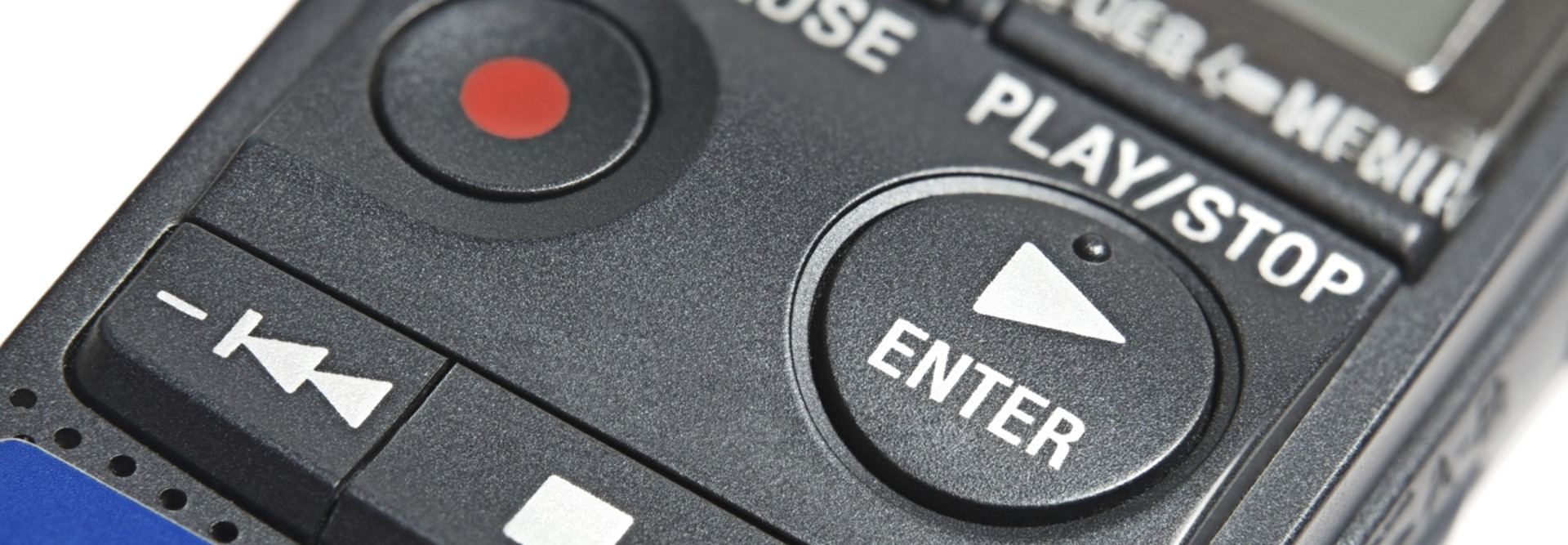Navigating the Transition to Modern Dictation Technology
Although the road from analog to digital dictation is relatively smooth, there are a few tricky spots to navigate around.
IT chiefs who have been down this path suggest taking the following steps:
-
Take it slow: Though they had researched and talked with vendors extensively about digital dictation, the IT directors at both CGA and Winthrop & Weinstine law firms first performed pilot projects before making any enterprise overhauls. “A small pilot gives you a chance to try it, test it out and make sure that it’s actually going to enhance your business,” says Craig Wilson, director of IT for Winthrop & Weinstine in Minneapolis.
-
Make the most of what you’ve got: CGA Law Firm chose to leverage the smartphones it already owned as dictation devices, which not only let the firm avoid the added cost of buying digital recording devices, but further streamlined the process because lawyers nearly always have their smartphones with them, notes CGA IT Administrator Steven M. Carbaugh.
-
Get users on board early: Digital dictation and voice recognition capability may improve workflow, but it’s still a change in the way employees work. To overcome any potential resistance, identify super users and train them first so they can support and encourage other users, advises Reid Conant, chief medical information officer for the Tri-City Emergency Medical Group in Oceanside, Calif.
He also recommends taking extra steps to ensure that the new dictation process is well integrated into the workflow and that users have everything they need to use it effectively. “You want to make sure that it’s easy to access, easy to use and that support is available to users when they need it,” he says. “All of that will make them more apt to use it effectively and increase adoption.”
Read more about how these three organizations made the move from analog to enterprise digital dictation.








